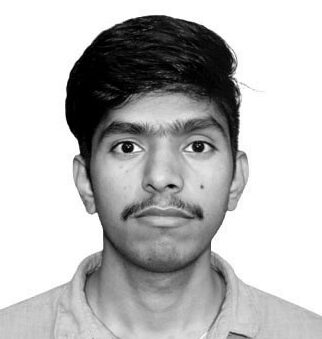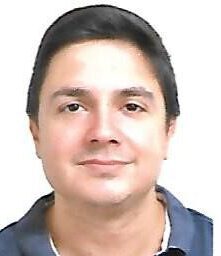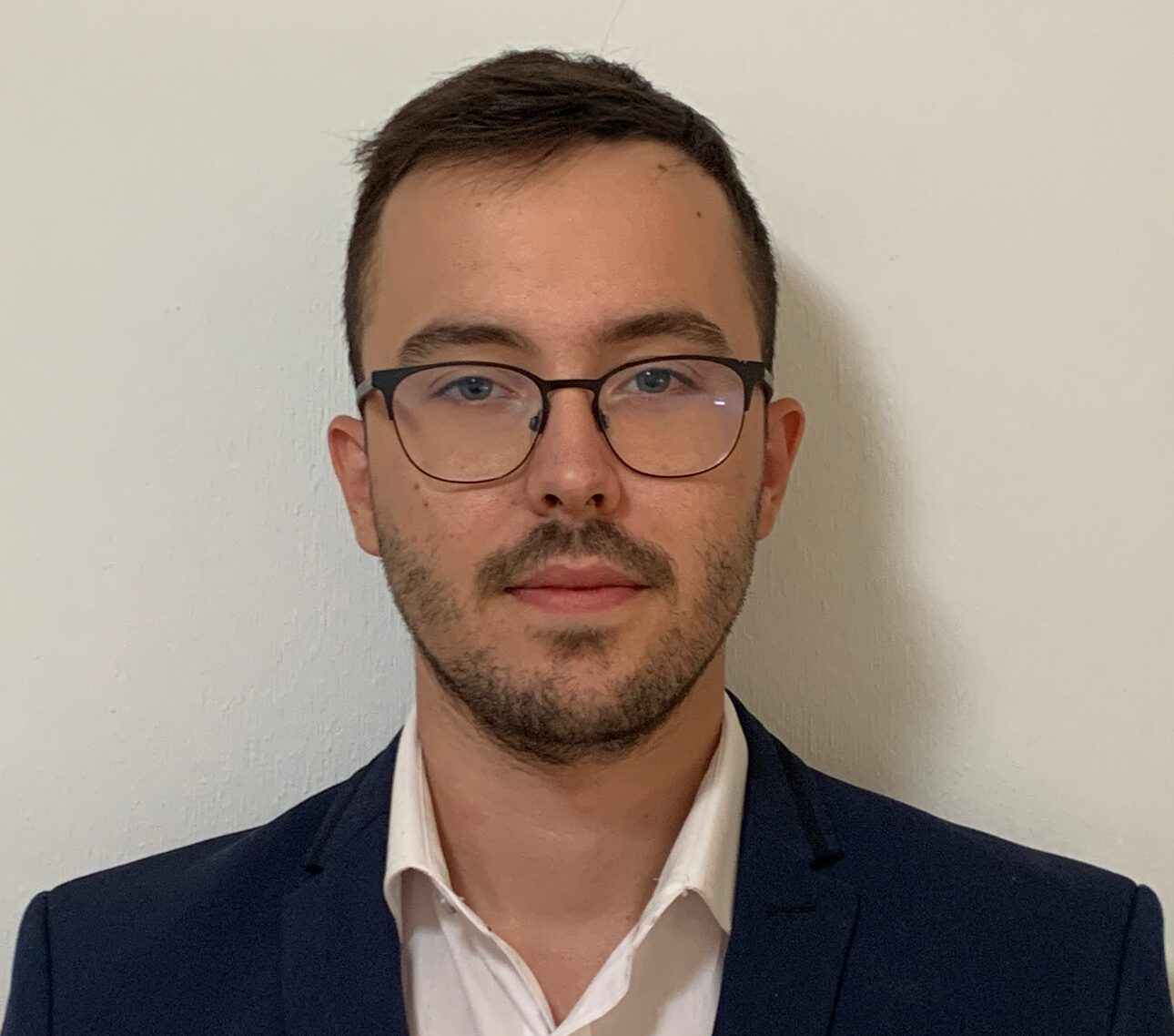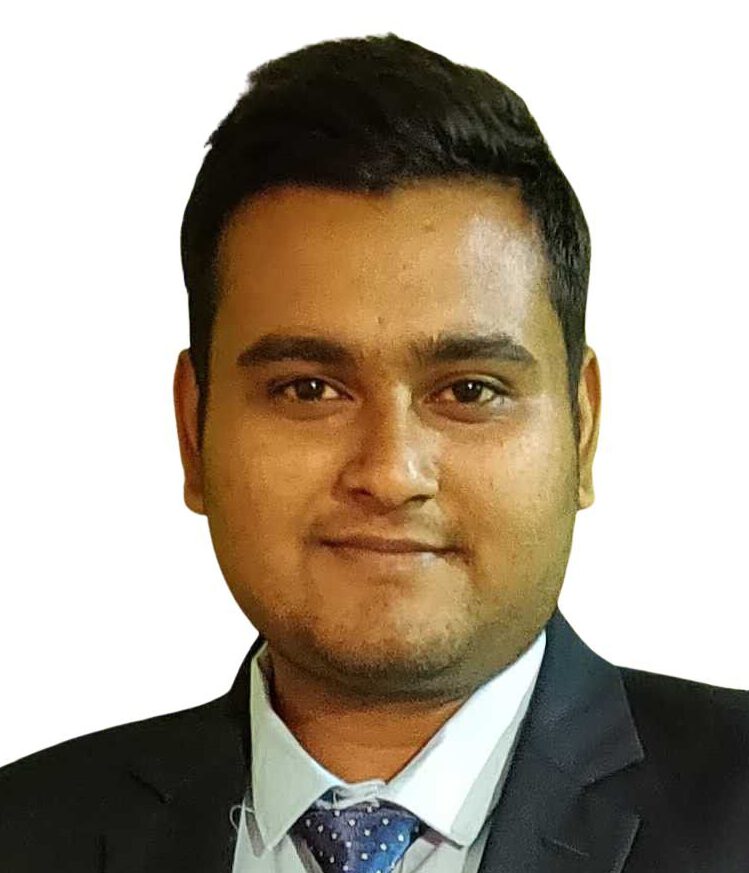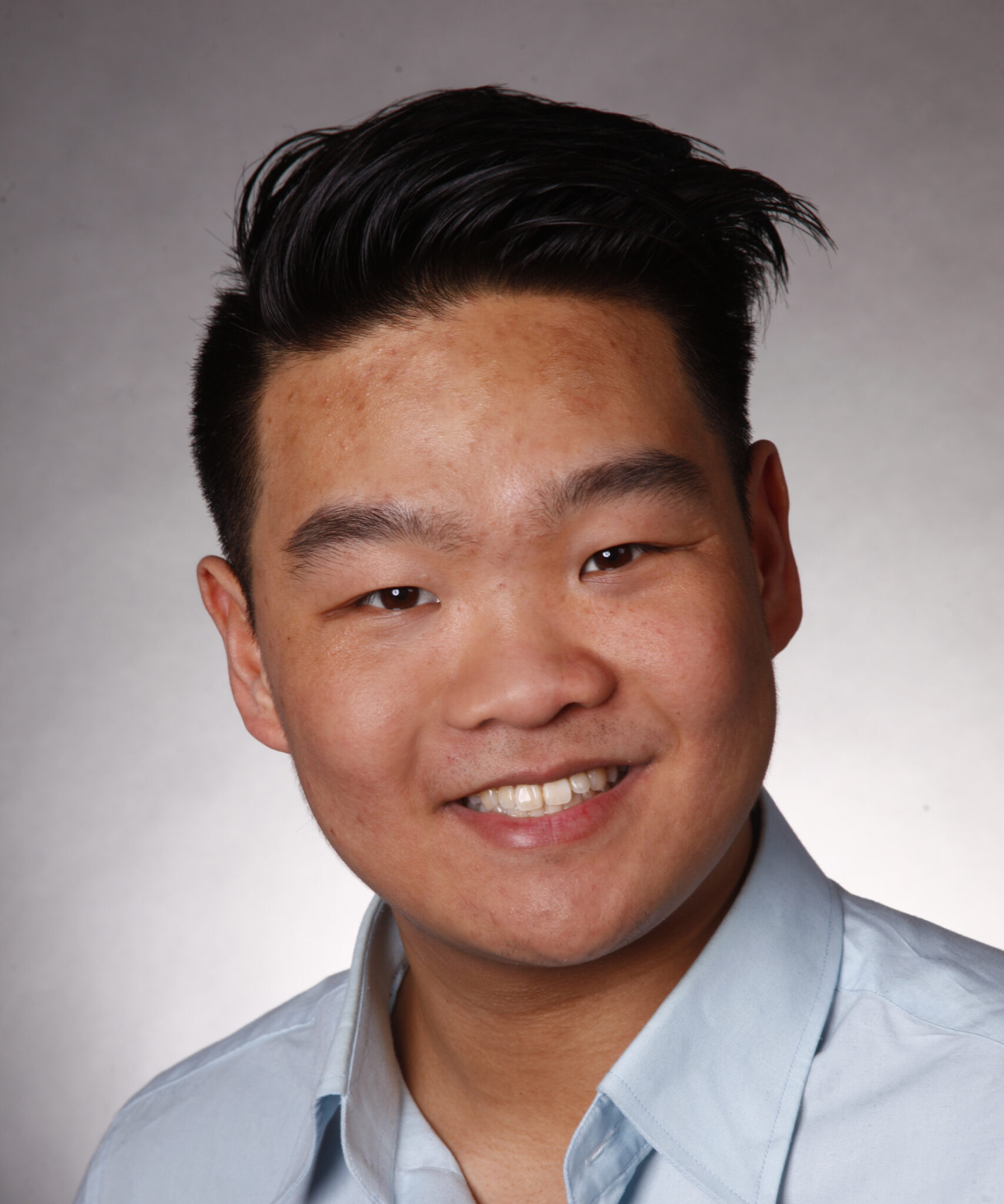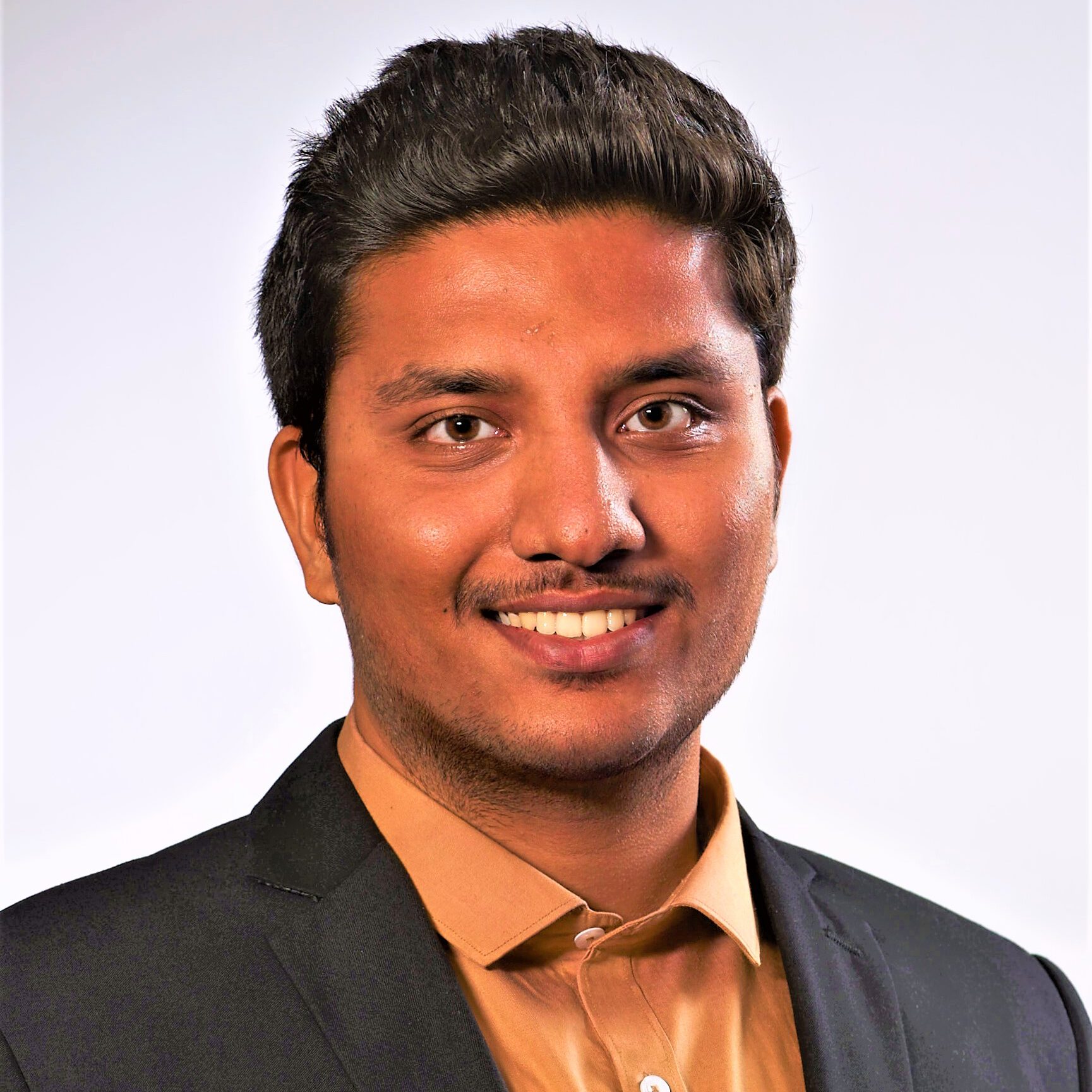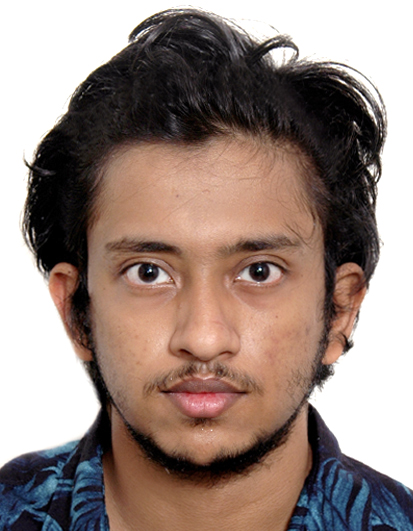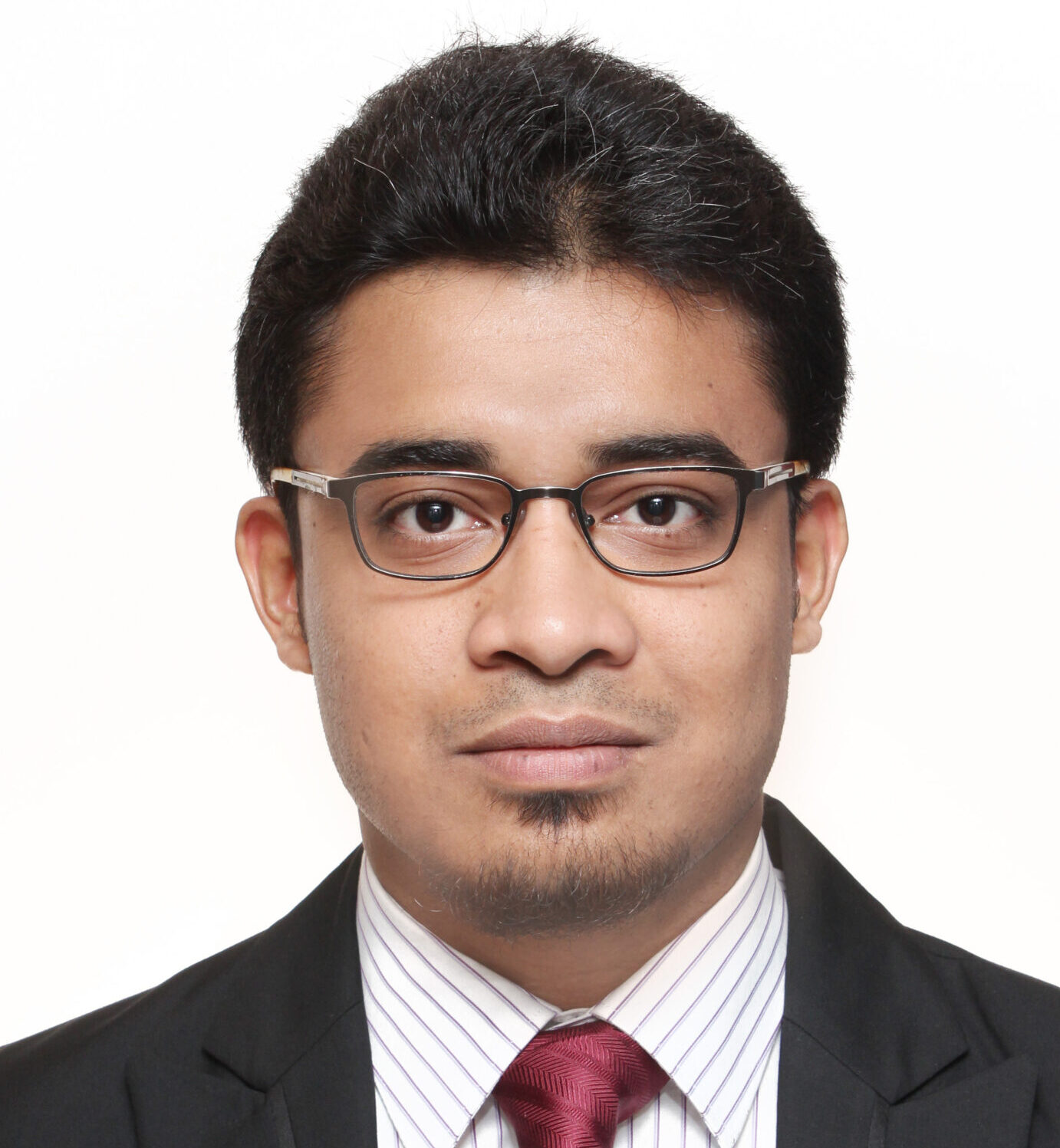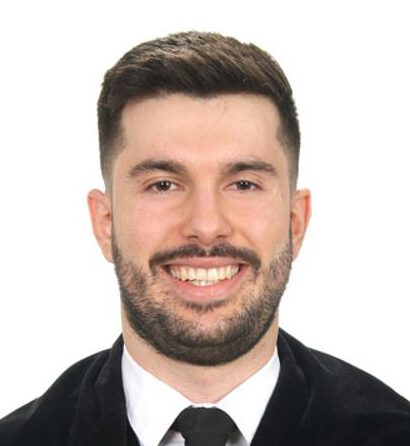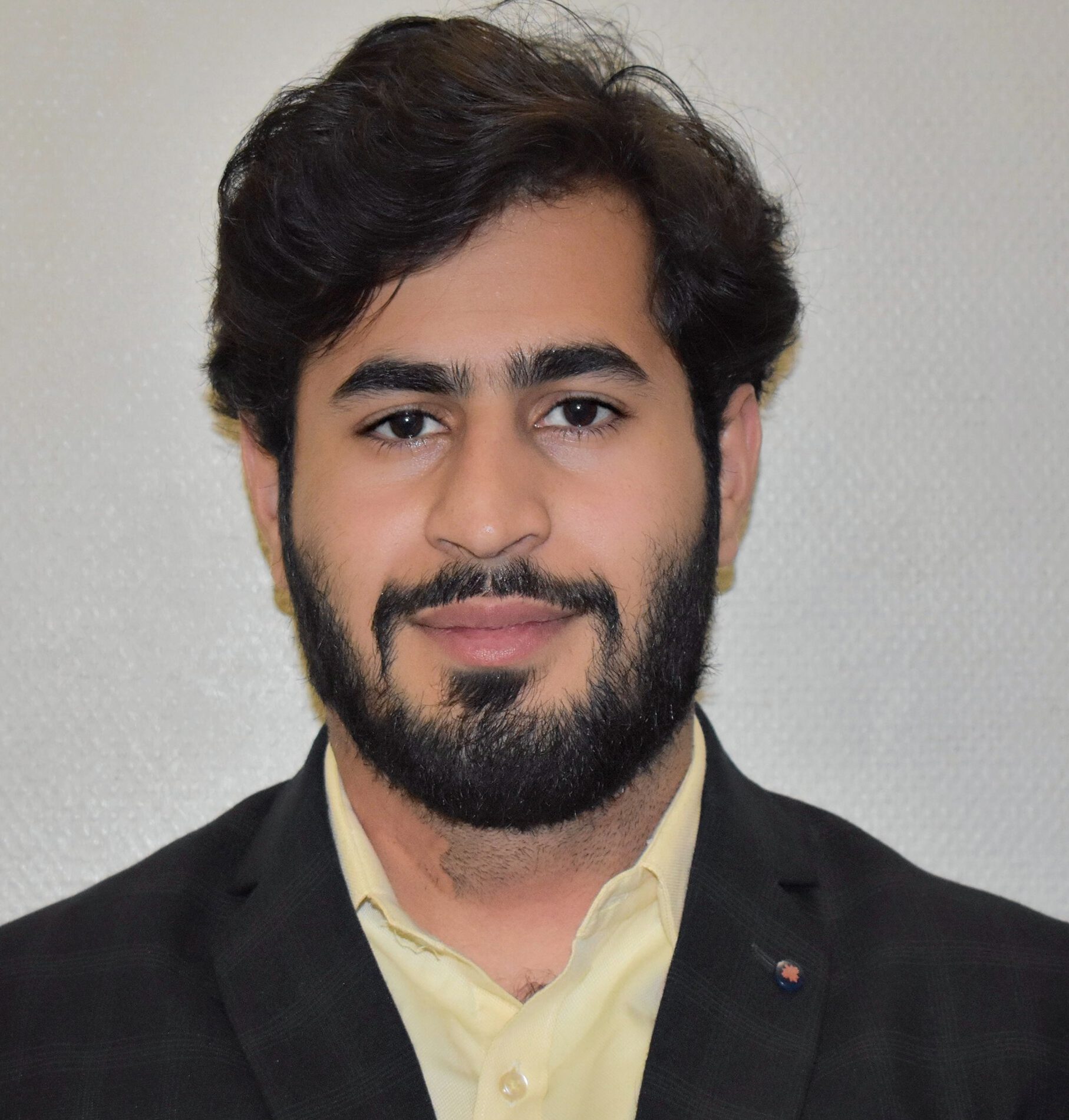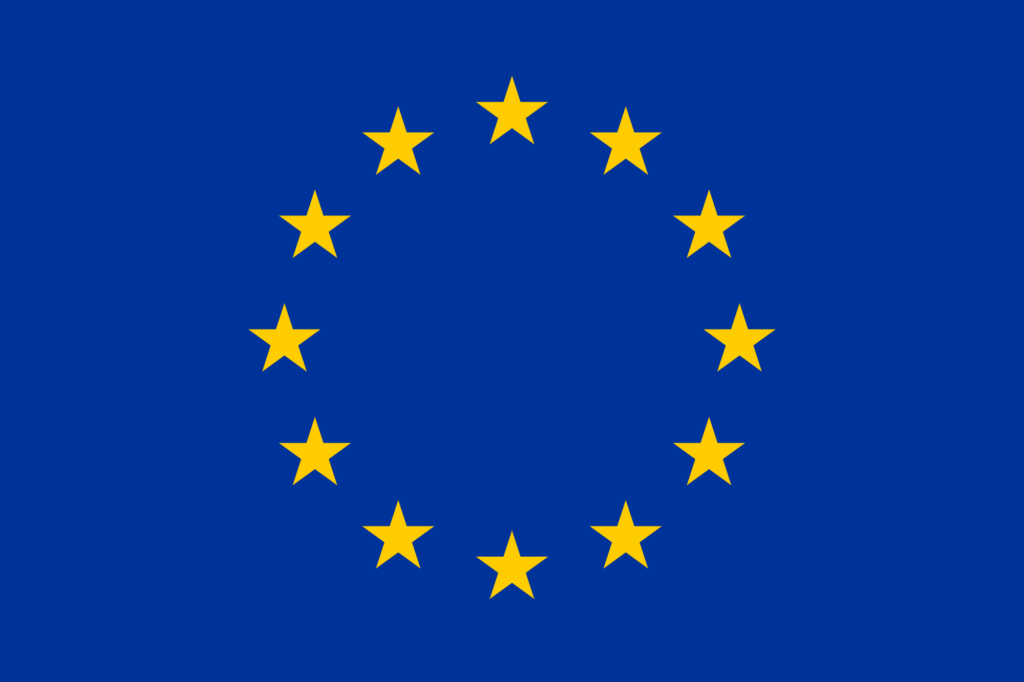Objectives: The purpose of this project is to develop photomixing terahertz receivers that are fully compatible to photonic and hybrid integration technologies. On the emitter side waveguide integrated photonic THz sources such as UTC-PDs and PIN-PDs have been demonstrated. On the receiver side, photomixers are still top-illuminated, which prevents them from being directly compatible with photonic integration technologies that rely on optical waveguides. This research work will contribute to answering TERAOPTICS’ research Challenge III and V.
Expected Results: The project’s long-term vision of a fully integrated THz system with a transceiver array including all driving electronics on a single chip. Until today, scientific work has mainly focused on integrating the laser source and the THz emitter. Hence, the main objective of the project is the realization of a required integrated optoelectronic THz receiver array that exploits InP-based photonic integration technology and miniaturized electronics. Waveguide-integrated THz receivers will be investigated, which will be integrated with the required electronics, i.e. transimpedance amplifiers, I/Q mixers and RF drivers close to the antenna array. For a profound understanding of the entire system, including the interactions of all components, simulations (e.g. optical mode distribution inside the waveguide, coupling efficiency, dynamic properties of the ultrafast photomixer, high frequency behavior of the receiver array and coupling efficiency of the antenna structure) will be performed. The integrated receiver arrays will be fabricated using the InP fabrication line at Fraunhofer HHI. The components will be characterized both individually and as a array in a THz-imaging system. Through the comparison of simulation and experiment we aim to develop an understanding of the physical limitations and possible improvements of integrated THz systems and devices. Key performance parameters of the novel receivers will be compared to standard, top-illuminated photomixers.
Planned secondment(s):
to UDE (Prof. Andreas Stöhr), M15 for 1.5 months, for design and simulations of phased antenna arrays
to ULIL (Prof. Guillaume Decournau) M22 for 1.5 month, for testing the receivers in a wireless communications link
to TOPTICA (Dr. Patrick Leisching), M30 for 1.5 months, for integrating the novel receivers into a THz spectrometer

